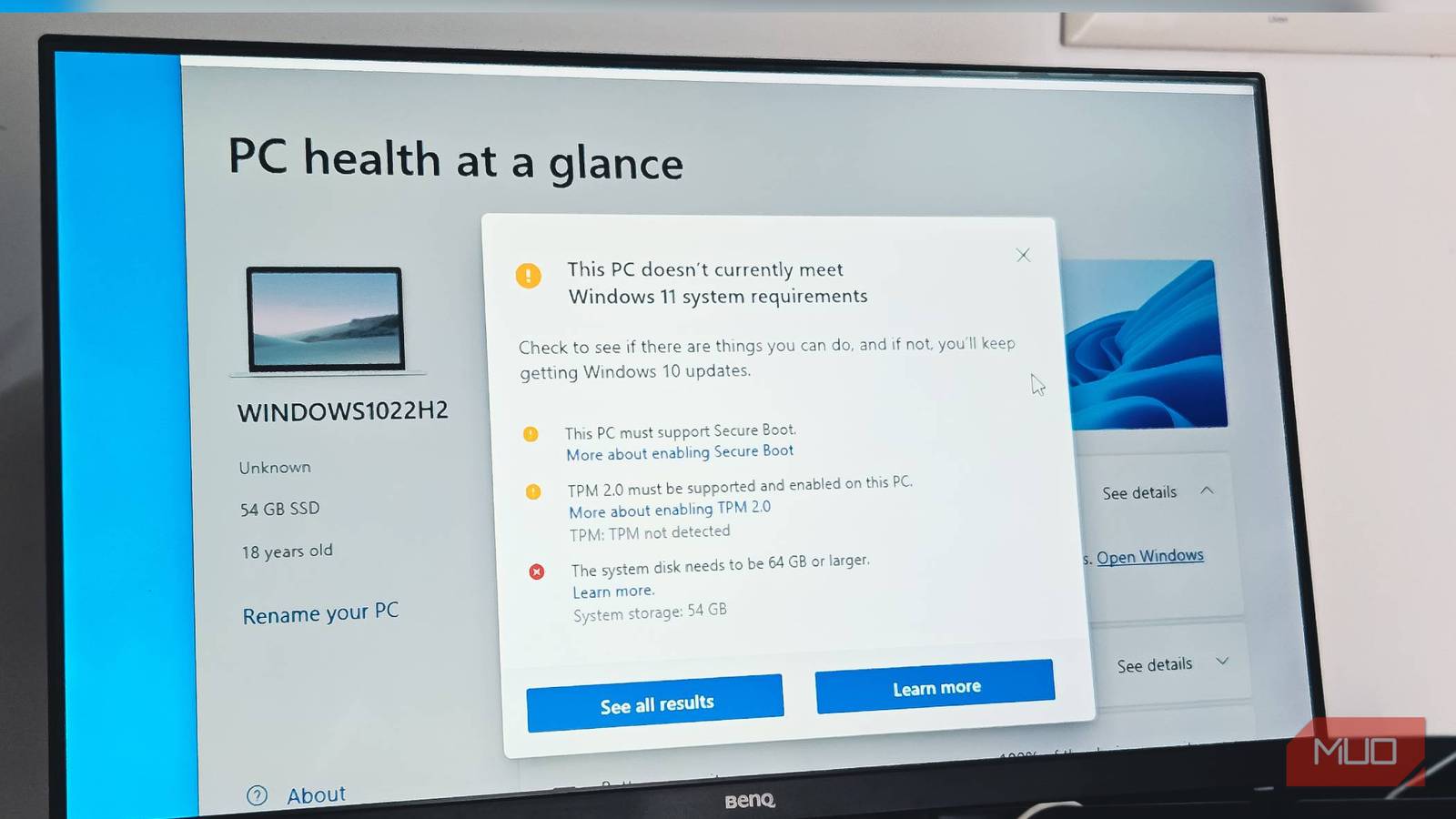Countdown to Extinction: Windows 10's Final Days and Your Escape Plan

Windows 10 Users: Navigating Your Tech Future After Support Ends
As Microsoft prepares to halt updates for Windows 10, many users find themselves at a critical crossroads in their digital journey. The impending end of support doesn't mean you're stuck in technological limbo—instead, it's an opportunity to explore exciting upgrade paths that can breathe new life into your computing experience.
Your Primary Options
1. Upgrade to Windows 11
The most straightforward solution is transitioning to Windows 11. If your current hardware meets the system requirements, this upgrade offers a sleek, modern interface and enhanced security features. Check your PC's compatibility through the Windows PC Health Check app to see if you're ready for the leap.
2. Consider a New Device
For those with older machines that can't run Windows 11, investing in a new computer might be the most practical choice. Modern devices come preinstalled with the latest Windows version and offer improved performance, better security, and cutting-edge features.
3. Explore Alternative Operating Systems
Tech-savvy users might find Linux distributions an intriguing alternative. Options like Ubuntu or Linux Mint provide free, secure, and user-friendly environments that can breathe new life into older hardware.
Key Considerations
- Security remains paramount—continuing to use an unsupported OS exposes you to potential vulnerabilities
- Backup your data before making any significant changes
- Evaluate your specific computing needs when choosing a path forward
While change can seem daunting, this transition is an opportunity to optimize your digital experience. Whether you choose Windows 11, a new device, or an alternative OS, the tech world offers exciting possibilities beyond Windows 10.







